The old elevated subways that once rumbled through the streets of America’s great industrial cities have, since the end of World War II, been slowly replaced by more modern subways in places like Chicago, Boston, and New York. Elevated lines fell out of fashion in the early part of the 20th Century due to the noise, dirt, and shadows they produced. These old relics of the Victorian era were once the cutting edge of technology and transportation but, like all technologies, were quickly replaced and deemed obsolete. Newer elevated subway systems built after the 1960s use concrete and resemble highway ramps rather than a spiderweb of steel and are less disruptive then their forefathers.
But when these old tracks are ripped down what becomes of them? I’ve written a lot over the years about the politics and planning when an elevated subway gets torn down. I recently came across a great documentary almost 20 years old that follows the steel used in the Washington St Orange Line from demolition to rebirth as a highway bridge in Arizona.
Conservation of Matter: The Fall and Rise of Boston’s Elevated Subway
This documentary follows the journey of 100,00 tons of steel from the Boston Elevated Subway, which was erected in 1898, demolished in 1987, then shipped eight thousand miles away to be melted re-formed into steel bars. These then cross the ocean again, where they are ultimately re-fabricated into a remarkable new structure in a surprising location. Workers, historians, preachers, politicians, on lookers, artists, children, architects, and astrophysicists on two continents address the significance of the process as it unfolds. Winner: Editing Award, 1996 New England Film/Video Festival; Audience Choice and Judge’s Grand Prize, 1997 U.S. Super 8mm Film/Video Festival.
Conservation of Matter: The Fall and Rise of Boston’s Elevated Subway from Tim K Wright on Vimeo.
This is a fantastic documentary which details the journey from elevated to scrap to highway via the people it touches along the way. I like the scientist there to remind us that, after all, these are just atoms that get moved around and we are the ones that infuse the steel with emotion and history. It is fitting that the steel once in an elevated train line would be used for a new highway bridge. Recycling at it’s finest.
The second film I came across looks at the 3rd Ave El in New York, not so much about the history of it’s demolition but more a rosy 1950s style look through a day in the life of an el train.
What I love about both movies is how we are the ones that have the connection to these structures. We use them everyday; they are a part of our lives. And just like us they have a life span which one day will end. They are just structures of steel and wood but they mean different things to different people. To the real estate developers they once meant a way to open up vast new lands for development but then switched to being a hindrance to growth. To the people living next to them they were either a nuisance that disturbed or a reliable form of entertainment. To the rider they were your way to work and home that provided a unique view of the city. While riding out to Astoria to see friends over the last 7 years I’ve always been transfixed by the ever changing skyline rolling past the window.
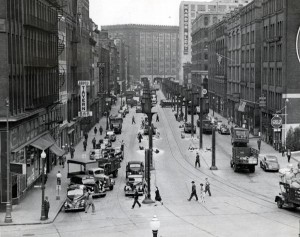
What I find interesting is as time went on people began to warm up to these structures and began to question their demolition much like the historic preservation movement took off. These structures were as historic as any great mansion on 5th Ave in their own right. As noted in the documentary about the Orange Line, it was the first all electric elevated subway in the world (New York’s and Chicago’s elevated lines started out as steam) and many of the stations (much like today) were products of architectural competitions. Wipe away the decades of dirt and grime and you begin to understand how revolutionary and revered these structures were.
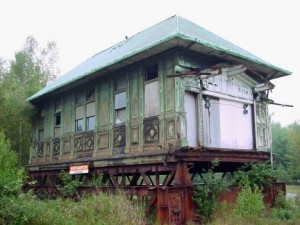
As more and more people have begun to rediscover the city, and as old industrial cities have begun to clean up their image, these old relics have suddenly been rediscovered. Elevated train lines that once covered neighborhoods with smoke and shadow have lain unused for so long that nature has taken over and we see them as the opposite of what they once were. Once an industrial backbone of Manhattan’s West Side the High Line connecting slaughter houses and warehouses the High Line has been rediscovered and reimagined as a world renowned park and has inspired cities with elevated rail lines from Chicago to Philadelphia to rethink these once maligned structures.
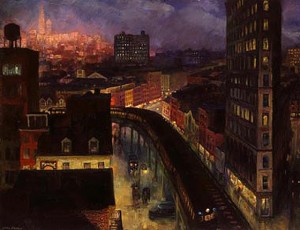


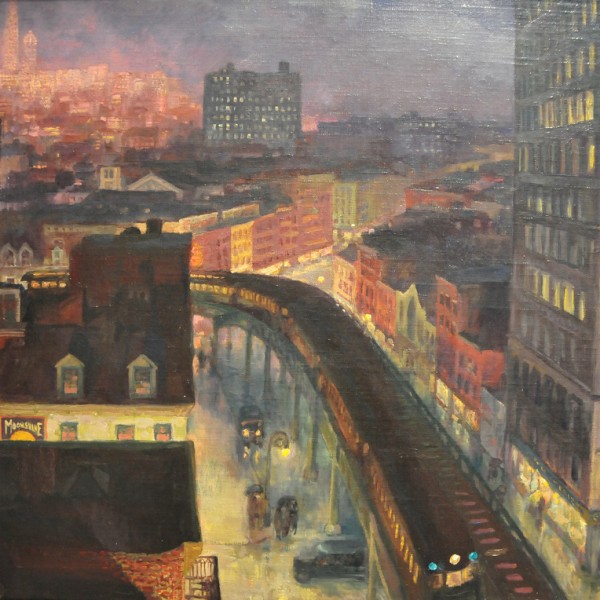
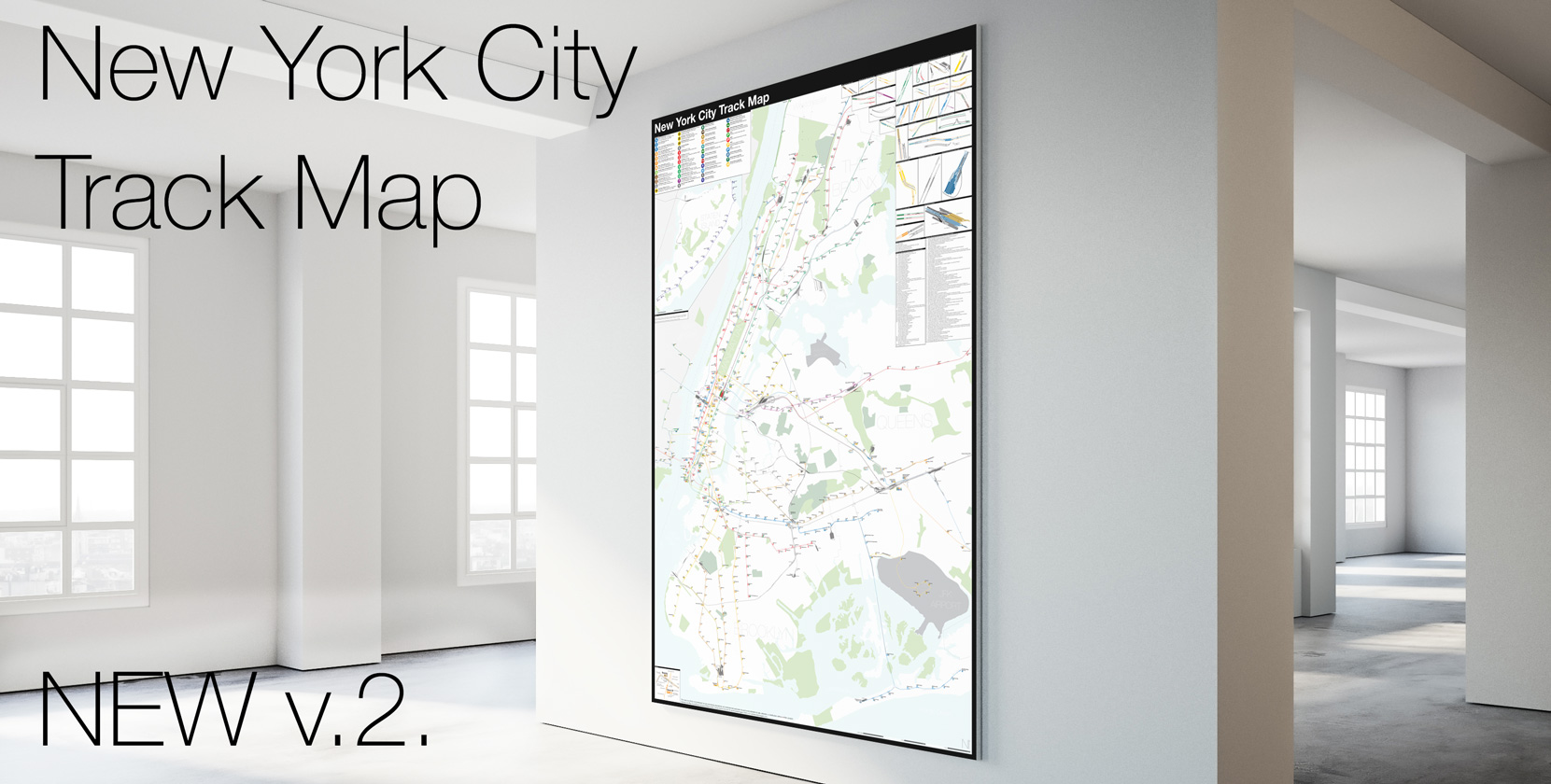
Penny Lane liked this on Facebook.
Very interesting. I live in London and very interested in our tube and overground systems. I am also fascinated by The New York subway, in particular the steel elevated sections which we do not have in the UK. I cannot find any information on the net as to how many miles of elevated track are there still in service, and are there plans to dismantle the remaining EL track? Hope someone out there has the answer.
I’m not sure how many miles of elevated are left in the US but only 3 cities I know of have the real thing running; NYC, Chicago, and Philadelphia. Boston tore down the last bits a while ago. There weren’t too many other cities that even needed elevated subways when they were “popular” in the late 19th century. Once subways were a proven technology they quickly fell out of favor. As far as I know there are no more plans to demolish the elevated lines, though, that mostly has to do with the severe lack of investment in mass transit in the US. Also some older urban centers are gentrifying and the elevated lines are seeing a rise in ridership.
The link to “Conservation of Matter” has changed: http://vimeo.com/89919756
To belatedly answer Liam’s question, New York currently has 70 route miles of elevated trackage.
More detail here: http://www.nycsubway.org/wiki/Subway_FAQ:_Facts_and_Figures
Here’s a listing of elevated sections by Borough and line:
http://www.nycsubway.org/wiki/Subway_FAQ:_Elevated_Sections_of_the_Subway
The term, ELEVATED SUBWAY” is a contradiction to itself. Either it is an “Elevated”, which means “ABOVE GROUND”; OR, it’s a “SUBWAY”, which is “BELOW GROUND”.